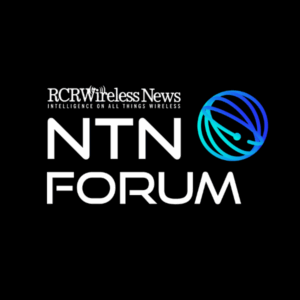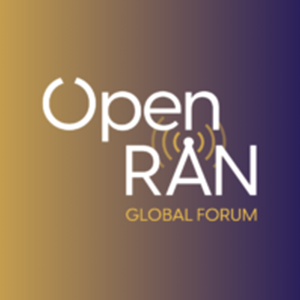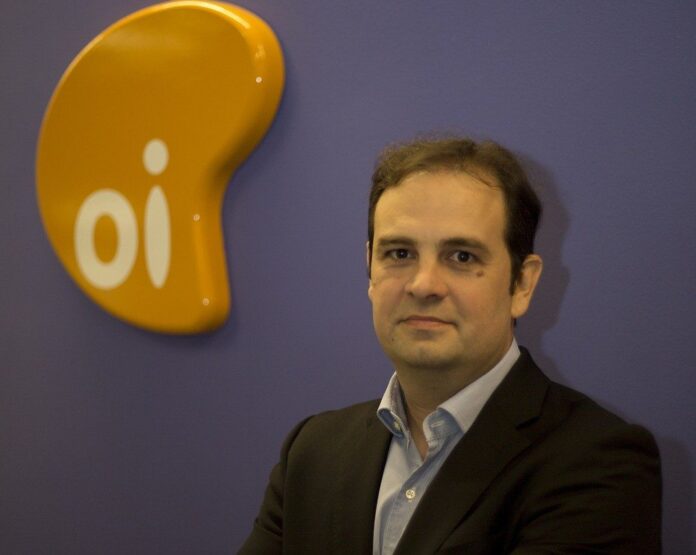Customer relationship management is a key area for telecommunications companies, as it’s direct contact with the clients. To improve CRM, the Brazilian carrier Oi has gathered multiple databases into a single interface, allowing it to enter data faster and boost access to information and decision-making tools. As João Pedro Cavalcanti Sant Anna, director at Oi, told RCR Wireles News, Oi has faced issues to quickly deliver information when departments needed it.
Oi tapped SAS Visual Analytics that, according to Sant Anna, is a layer that makes data presentation easier. Currently, Oi uses SAS Visual Analytics for customer service, quality and call center customer experience. It’s a self-service tool for both the providers of information and the consumers.
“We can easily see client satisfaction, and we have information about the call center operation, such as attendee’s performance and KPIs of customer care. We also can monitor, for instance, if several clients from the same region are calling at the same time. It can show a technical problem and we are able to trigger the technical area to solve it,” he added.
The project started three years ago and cost about 2 million reais ($515,000). Oi pulled in big data from four CRM systems and three call center providers. With Visual Analytics, Oi can now process more than 450 tables that update daily. As a result, Oi doubled productivity in customer service and increased the number of KPIs monitored by about 60%.
Monica Tyszler, director at SAS, added that Oi wanted to know how satisfied its customers’ were. “It’s a concept of self-service BI. Before the adoption, Oi took four hours to get data and now it only takes 30 minutes.”
Subscribe now to get the daily newsletter from RCR Wireless News
Apps
Telefónica Vivo set a strategy to develop its own applications in order to get people involved and to stimulate data usage. Until now, the carrier leader in mobile lines has launched almost 90 applications, having success with some of them and canceling others. In a press conference held last week in Sao Paulo, Vivo launched two apps that promote competition between customers, one focused on music and the other on startup businesses.
Christian Gebara, chief revenue officer of Telefónica Vivo, told RCR Wireless News that approximately 40 million customers own at least one app. “Telefónica, as a group, wants to be part of [the] app market.” At first, Vivo launched SMS-based programs to teach English, but it had to change the format as people bought smartphones and got access to the Internet.
The strategy seems to be making sense. In second-quarter 2015, Telefonica Vivo posted an increase of 20% in value-added services and 51% in Internet revenue, compared to Q2 2014, while SMS went down -1%. Data and VAS revenue grew by 33.5% year-over-year and accounted for 46% of mobile service revenue in Q2 2015, leveraged by the growth in mobile Internet revenue. The growth in mobile Internet is directly linked to the strong growth in postpaid data accesses, especially in 4G plans, the increased sales of stand-alone data packages to prepaid customers and the growing smartphone base. Vivo said that 71% of its customer base already has smartphones or webphones.
Without making any forecast, Gebara said the expectation is that data and VAS revenue will keep increasing at a double-digit growth. It’s a trend, he noted.
Wondering what’s going on in Latin America? Why don’t you follow me on Twitter? Also check out all of RCR Wireless News’ Latin American content.







